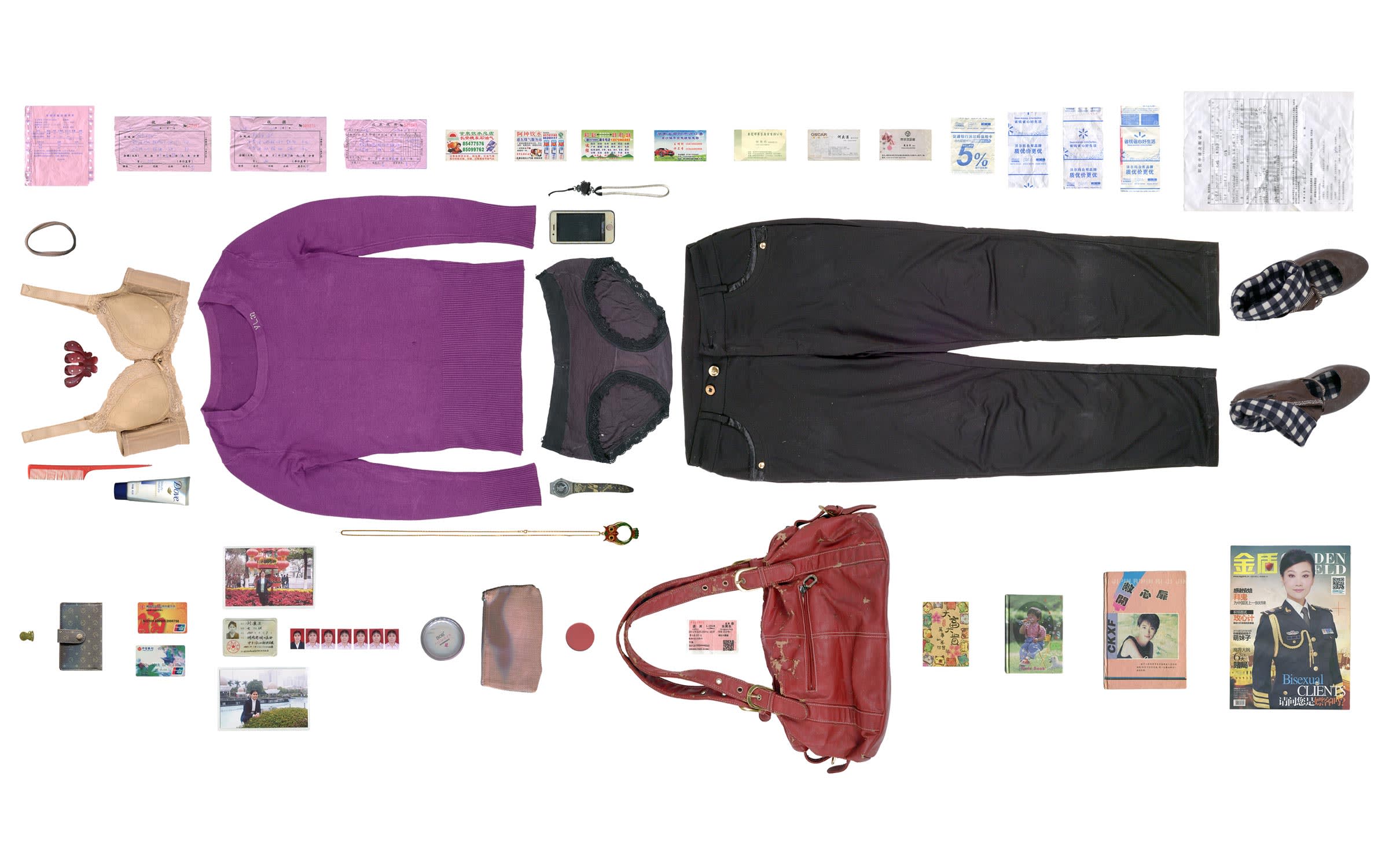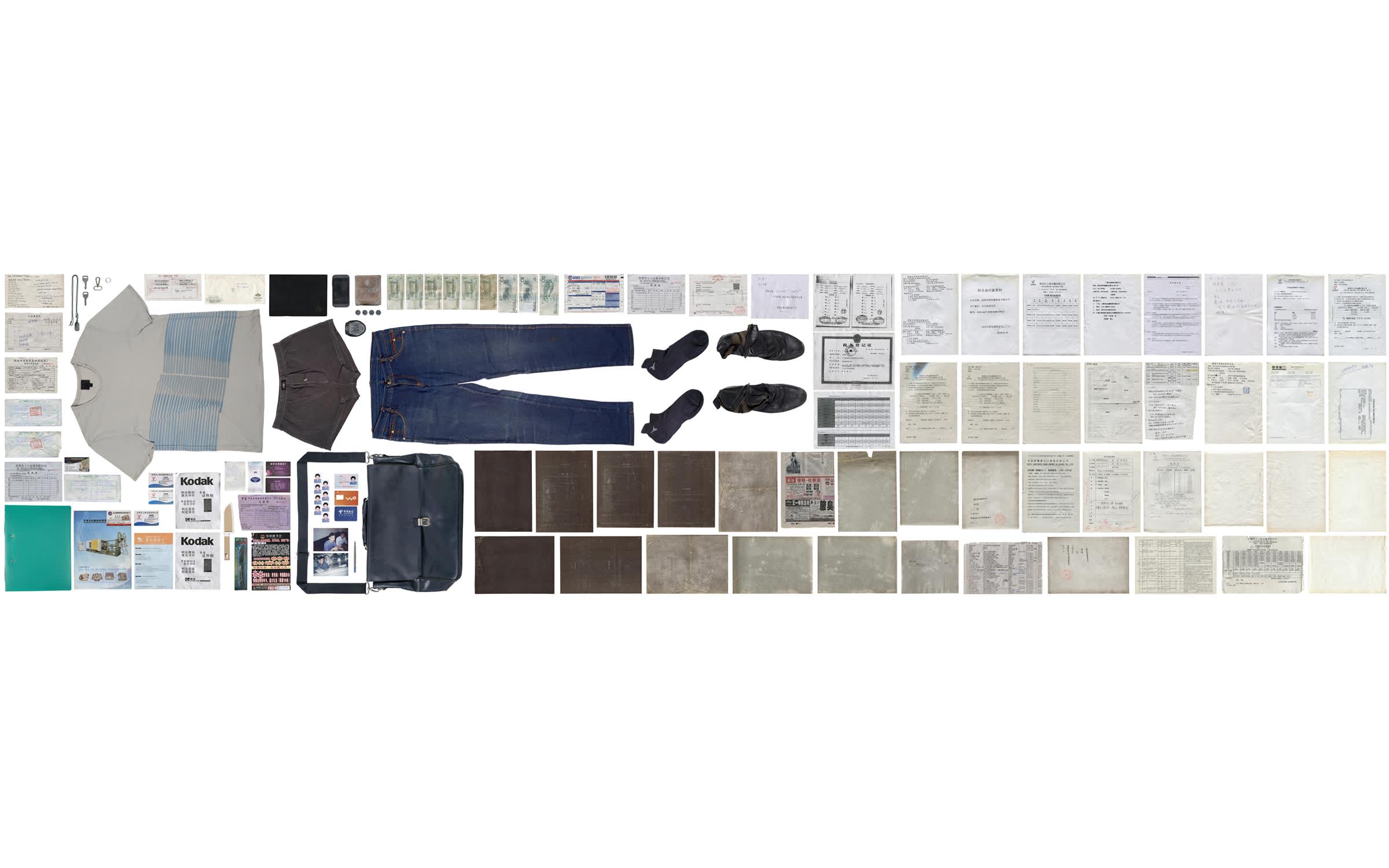Meet the artist-explorer Liu Chuang
He tackles bitcoin mining and engineered nature in his ambitious installations
Log in and subscribe to receive Art Basel Stories directly in your inbox.


He tackles bitcoin mining and engineered nature in his ambitious installations
Log in and subscribe to receive Art Basel Stories directly in your inbox.

